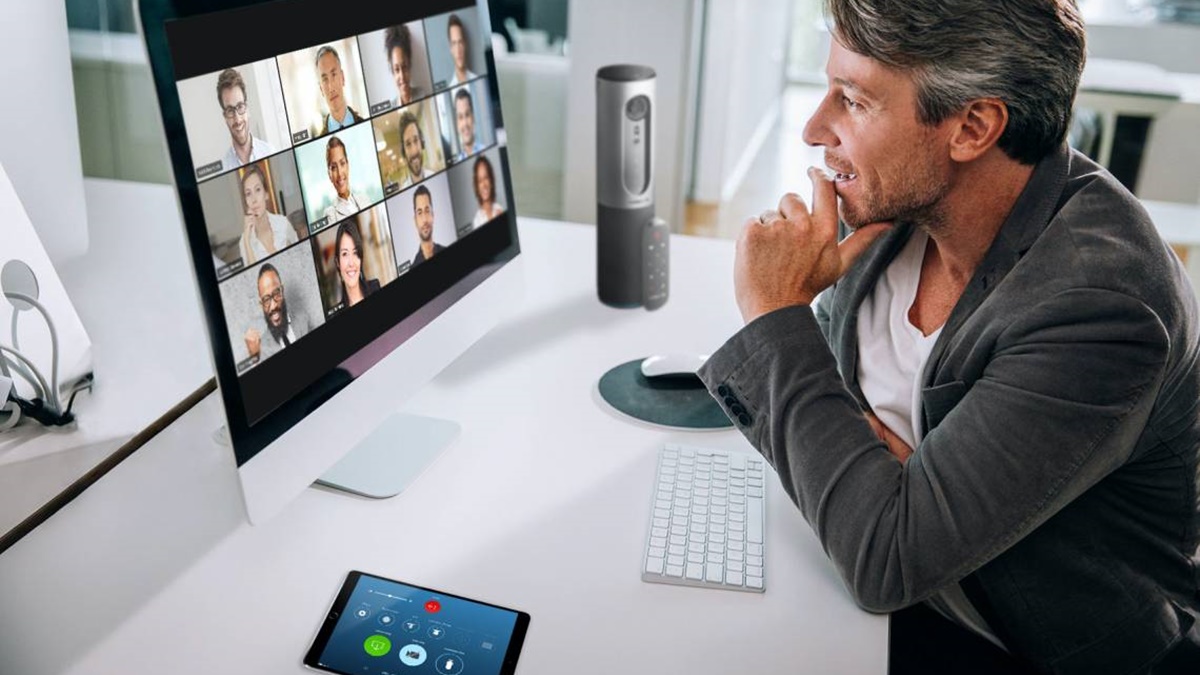
Many businesses are gradually embracing hosting virtual trade show events and moving away from physical events. Virtual trade shows are trade events that are run online. While they do mimic the traditional physical event style, they are conducted online, where exhibitors and visitors can connect from anywhere in the world. The geographic location of the attendees doesn’t matter and costs are drastically reduced.
Using virtual event planning software virtual events have proven to be a powerful weapon in the digital marketing arsenal. The powerful end results from these marketing events have led to a shift from the physical into virtual summits. More companies are now learning to connect with attendees through virtual booths.
Virtual trade shows are increasing in popularity and GSE AV can explain why. However, the thought of replacing a physical in-person event with a virtual event baffles a lot of people as they try to figure which one is better. That’s why we thought of a more elaborate breakdown of the pros and cons of both to help you determine which of the two will work best for you.
Virtual Trade Shows vs. Physical In-Person Events
There are several differences between virtual trade shows and physical events. Below is a breakdown of some of the biggest differences along with both the pros and cons of each.
Table of Contents
Cost
Traveling to a new city might seem exciting and allow employees to enjoy something new, but it is extremely costly. Due to all the planning involved in in-person events from booking tickets, renting the event space, hiring staff and caterers, paying for employee travel costs and putting up audio devices in-person events are considered to be very expensive.
The best alternative to this is a virtual trade show where companies can book “virtual venues”, 2D or 3D event spaces. The spaces are able to accommodate all your employees and guests, from any location in the world.
Flexibility
Most company’s workforces that have gone global with employees who are located in every corner of the world have the flexibility of attending virtual events. Rather than having to incur travel costs and inconvenience them, virtual events allow them to work remotely. They help solve the problem of varying work schedules and different time zones. They also reduce the pressure of having to plan flights and transport to the venue and accommodation.
Virtual conferences provide the flexibility to go back to the recordings and revisit sessions you might have missed increasing the conference’s value for the attendee. On the other hand, though, some physical events might sometimes provide access to the presentation or recorded sessions after the event; it’s not always the case. This is difficult, especially if you might have missed something or a certain topic.
Access to Big Data
In most in-person events, the amount of the data collected is usually on a handwritten sign-in cheat. For virtual events, data-mining on a higher level and everyone can access the data and use it to grow their email lists which will in turn nurture leads.
Networking
Most jobs involve spending so much time online and in front of computer screens or staring at their mobile phones. With a physical in-person event, you get to physically meet with other people, say hello and have a conversation. This includes people that you’ve never spoken to, which helps build the relationship. Virtual trade shows are more advanced when it comes to chatting technology which might be exciting and engaging, but a physical in-person event is way better due to the interaction.
However, for people looking to sell something, networking virtually might be a better option since attendees can see what vendors have to offer. By chatting with reps on a virtual event platform, we can learn about new discoveries and tools and what’s possible without the need to buy anything. Contrary to this, in physical events, most people avoid interacting with sellers to dodge overzealous sales reps.
Personalized Merchandise
In most in-person events, attendees get to pick up a lot of freebies from the conference such as t-shirts, water bottles, etc. which they can take back home. Personalized merchandise are not just fun, but also engaging. Virtual events don’t create merchandise though they sometimes ship merchandise like t-shirts to staff or speakers to wear in the videos.
Industry Bias
Virtual trade shows are industry biased and are more suitable for certain industries than others. Most companies in the gaming industry have already established virtual trade shows, but for those in industries like clothing, manufacturing and services, most customers need a physical experience which is difficult to achieve in a virtual environment. This is because for these items, one needs a face-to-face interaction with the exhibitors and products to build brand trust.
Capturing Attention
While virtual trade-shows have so many pros, they also have their cons. Compared to walk-in events they create room for distractions. Face-to-face events are the best if you want to capture your attendee’s attention since there are fewer distractions at an exhibition. Many people will be less tempted to do other tasks like check their emails or browse during the event.
Conclusion
Virtual events have several pros that can make traditional trade shows seem irrelevant. But this does not mean that physical events will end anytime soon. Virtual trade shows can never fully replace the traditional physical in-person events unless it’s just for a few sectors.
Virtual events may never completely replace physical in-person events, though the growth trend is on the rise. People still want convenience and a connection with exhibitors and the products they intend to buy. However, there’s a place and an opportunity for both to pick a few things from each other. In the future exhibitors and conference organizers might integrate more virtual aspects into physical in-person events as they utilize technology, but physical interaction will stay.